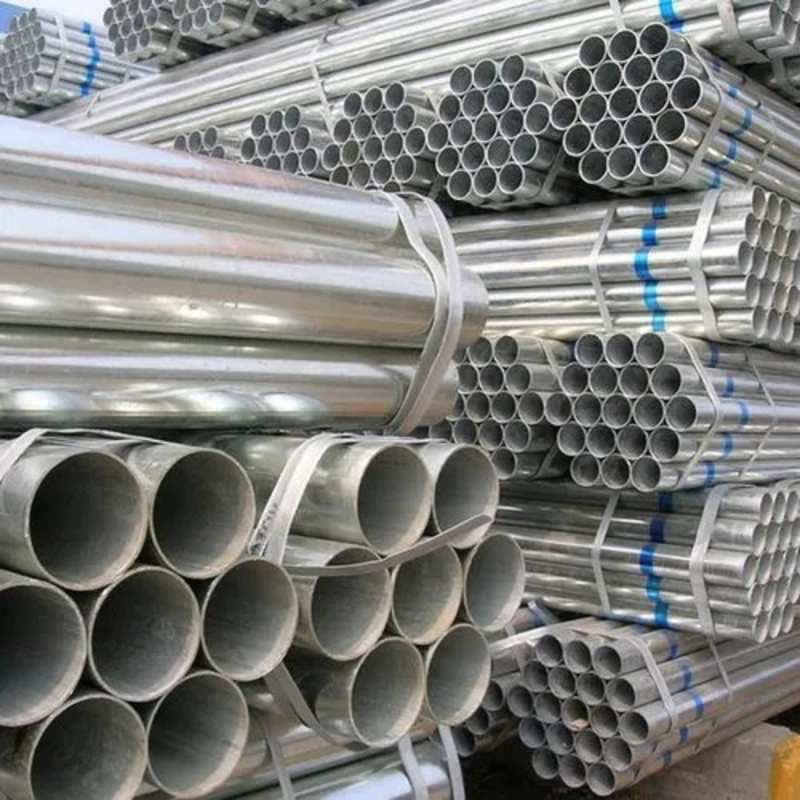-
Cangzhou Yulong Steel Co., Ltd.
-
Phone:
+86 13303177267 -
Email:
admin@ylsteelfittings.com
- English
- Arabic
- Italian
- Spanish
- Portuguese
- German
- kazakh
- Persian
- Greek
- French
- Russian
- Polish
- Thai
- Indonesian
- Vietnamese
- Zulu
- Korean
- Uzbek
- Hindi
- Serbian
- Malay
- Ukrainian
- Gujarati
- Haitian Creole
- hausa
- hawaiian
- Hebrew
- Miao
- Hungarian
- Icelandic
- igbo
- irish
- Japanese
- Javanese
- Kannada
- Khmer
- Rwandese
- Afrikaans
- Albanian
- Amharic
- Armenian
- Azerbaijani
- Basque
- Belarusian
- Bengali
- Bosnian
- Bulgarian
- Catalan
- Cebuano
- China
- China (Taiwan)
- Corsican
- Croatian
- Czech
- Danish
- Esperanto
- Estonian
- Finnish
- Frisian
- Galician
- Georgian
- Kurdish
- Kyrgyz
- Lao
- Latin
- Latvian
- Lithuanian
- Luxembourgish
- Macedonian
- Malgashi
- Malayalam
- Maltese
- Maori
- Marathi
- Mongolian
- Myanmar
- Nepali
- Norwegian
- Norwegian
- Occitan
- Pashto
- Dutch
- Punjabi
- Romanian
- Samoan
- Scottish Gaelic
- Sesotho
- Shona
- Sindhi
- Sinhala
- Slovak
- Slovenian
- Somali
- Sundanese
- Swahili
- Swedish
- Tagalog
- Tajik
- Tamil
- Tatar
- Telugu
- Turkish
- Turkmen
- Urdu
- Uighur
- Welsh
- Bantu
- Yiddish
- Yoruba

Nov . 08, 2024 08:54 Back to list
Techniques for Minimizing Blind Flange Usage in Piping Systems and Applications
Reducing Blind Flanges An Overview
Flanges are critical components in piping systems that facilitate connections between pipes, valves, pumps, and other equipment. Among the various types of flanges, blind flanges play a unique role. Specifically, reducing blind flanges have garnered attention in industrial applications due to their functional and logistical benefits. This article aims to explore the concept of reducing blind flanges, their advantages, applications, and why they are becoming increasingly significant in modern piping systems.
What is a Reducing Blind Flange?
A reducing blind flange is a type of flange that has no opening, making it ideal for sealing the end of a pipe while accommodating a transition to a smaller diameter pipe. Essentially, it is a combination of a blind flange and a reducing flange, which allows for a pipe system to be expanded or contracted without the need for additional fittings. These flanges are typically made from various materials such as carbon steel, stainless steel, or plastic, depending on the application requirements.
Advantages of Reducing Blind Flanges
1. Space-Saving Design One of the primary benefits of using reducing blind flanges is their ability to save space. In many industrial setups, particularly in areas with limited room, these flanges can facilitate a reduction in pipe diameter while maintaining structural integrity, thus optimizing the layout.
2. Cost-Effectiveness Reducing blind flanges can be more economical than using separate components for reducing and sealing. By integrating two functions into one component, companies can save on material costs and reduce installation time, leading to lower overall project costs.
3. Enhanced Sealing Like traditional blind flanges, reducing blind flanges provide a robust seal. This is crucial in preventing leaks in high-pressure systems, which could lead to hazardous situations and costly downtime. The seamless nature of reducing blind flanges minimizes potential leakage points.
4. Flexibility in Design Reducing blind flanges offer flexibility in project design. Engineers can create more efficient systems by easily transitioning between different pipe sizes without the need for complex junctions or additional fittings.
reducing blind flange

Applications of Reducing Blind Flanges
Reducing blind flanges are utilized in various industries often requiring reliable piping solutions. Some common applications include
1. Oil and Gas Industry In oil and gas extraction and processing facilities, reducing blind flanges are essential for controlling flow and managing pipe sizes, especially when dealing with variable pressures and fluid types.
2. Water Treatment Plants These flanges are used to seal off pipes that may not be in use and to manage systems with varying pipe sizes, ensuring that water is efficiently processed and treated.
3. Chemical Processing In chemical plants, where different chemicals may require separation or different handling processes, reducing blind flanges help in adjusting the pipe sizes and preventing leaks while safely containing various substances.
4. HVAC Systems Heating, ventilation, and air conditioning systems often require transitions between different duct sizes. Reducing blind flanges can effectively seal open connections while allowing modifications to airflow dynamics.
Conclusion
In summary, reducing blind flanges provide a unique solution to modern piping challenges by combining the properties of blind flanges and reducing flanges into a single component. Their space-saving design, cost-effectiveness, superior sealing capabilities, and flexibility make them an attractive option for various industries. As more companies strive for efficiency and safety in their operations, the use of reducing blind flanges is likely to grow, further solidifying their importance in effective piping system design and management. By understanding and utilizing these innovative components, industries can enhance their operational efficiency while minimizing costs and risks associated with leakage and system failures.
Latest news
-
ANSI 150P SS304 SO FLANGE
NewsFeb.14,2025
-
ASTM A333GR6 STEEL PIPE
NewsJan.20,2025
-
ANSI B16.5 WELDING NECK FLANGE
NewsJan.15,2026
-
ANSI B16.5 SLIP-ON FLANGE
NewsApr.19,2024
-
SABS 1123 FLANGE
NewsJan.15,2025
-
DIN86044 PLATE FLANGE
NewsApr.19,2024
-
DIN2527 BLIND FLANGE
NewsApr.12,2024
-
JIS B2311 Butt-Welding Fittings LR/SR 45°/90° /180°Seamless/Weld
NewsApr.23,2024











